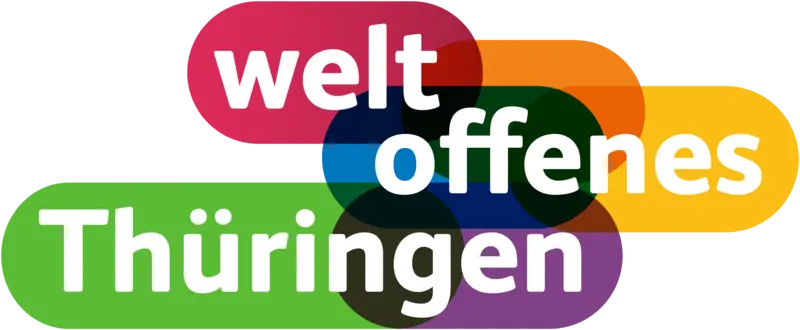About the event
In 14th and 15th century Egypt and Syria, thousands of manuscripts were commissioned by Mamluk sultans and emirs, as well as the civilian elites, for private libraries or for religious and academic foundations. Preserved in large number, these manuscripts bear witness to the effervescent social, intellectual, and cultural life in late medieval Egypt and Syria. Many of these books are illuminated and emphasize the importance of the arts of the book in the history of manuscript production in the Mamluk period. Primary sources are almost completely silent on practices and contexts of production associated with the realization of these illuminated manuscripts, so only a material analysis can provide information on the history of this artistic production.
This paper sheds light on the making processes, as well as the contexts of production and reception of these illuminated manuscripts in order to give an insight into their material and socio-cultural history. The material and stylistic characteristics of these artifacts are discussed through the examination of relevant examples in order to highlight the major developments of this artistic production. Emphasis is also placed on the main artists and patrons who contributed to the flourishing and evolution of this specific book production throughout the Mamluk period.
Adeline Laclau is an Art Historian who specializes in Mamluk artistic productions. Her research focuses on the material and social history of illuminated manuscripts produced in 14th and 15th century Egypt and Syria. She completed her PhD in Islamic Art History at Aix-Marseille University in 2019. She was a Bahari Visiting fellow at the Bodleian Library in 2021 and held a postdoctoral position at the Ecole Pratique des Hautes Etudes in 2022-2023.
to the event (Webex)
